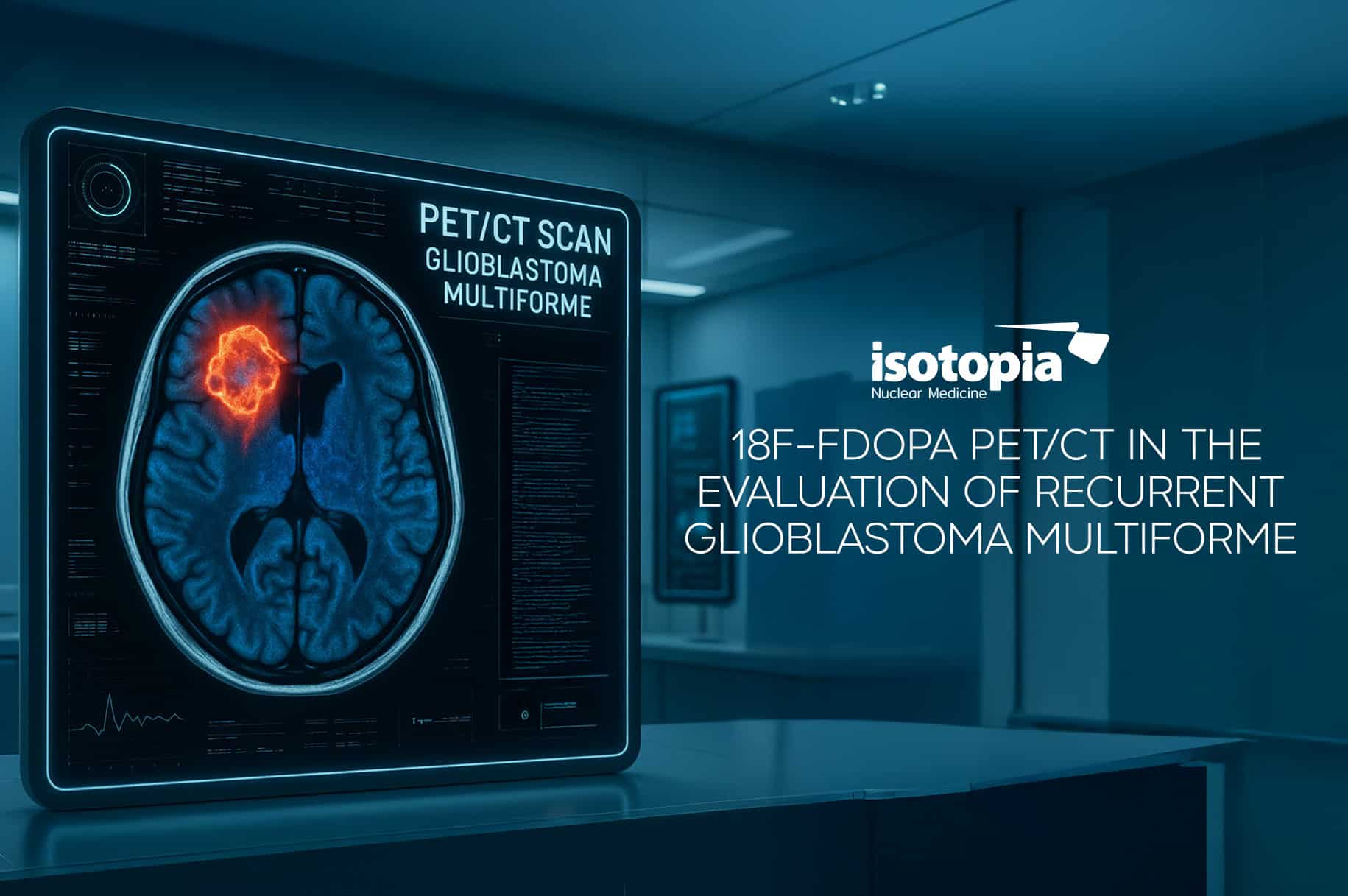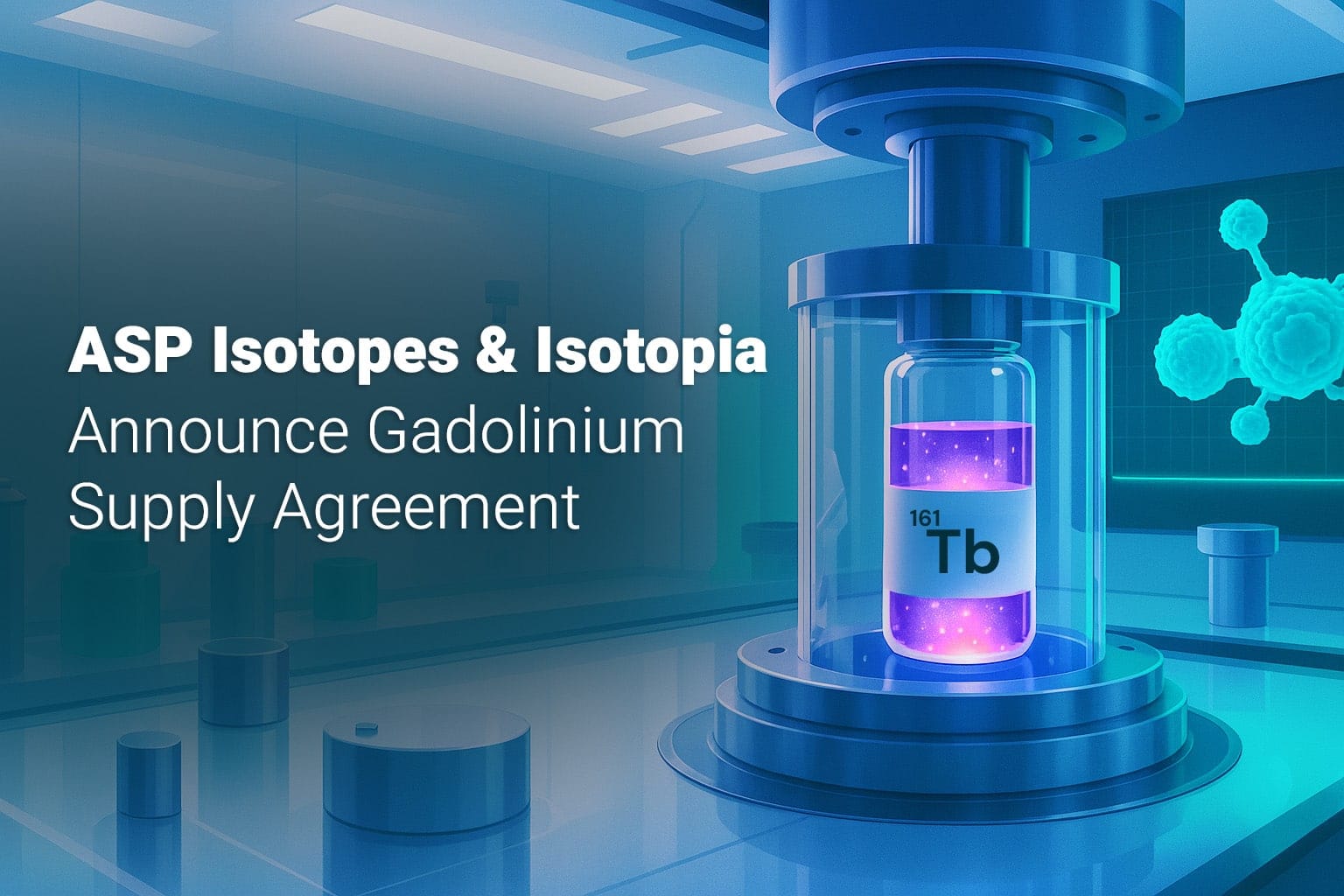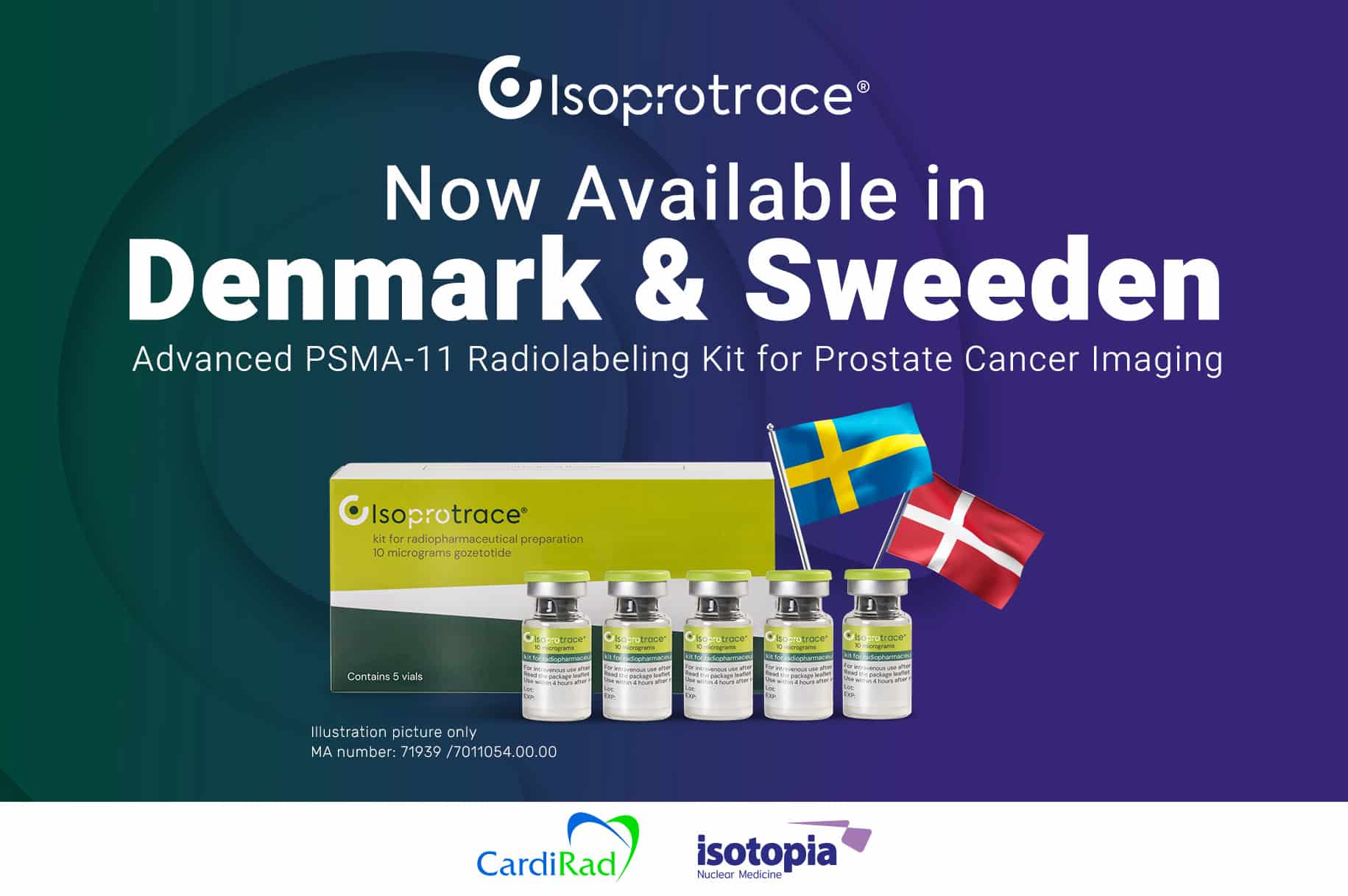Marker will determine type of tumor in a single image, eliminating the need for a biopsy
Today, more than 200,000 cancer patients and persons in remission live in Israel.
Every year, nearly 28,000 new cancer patients are diagnosed in Israel, approximately 400 of which are children. According to data from the National Cancer Registry at the Ministry of Health, the four most common types in Israel (depending on patient rate) are breast, colon, prostate and lung cancer.
Scientific advances in cancer research and new means of diagnosis and treatment have made it possible to cure many patients. The probability of cure depends largely on the type of cancer tumor and the stage at which the disease is discovered. Accurate means of diagnosis in the early stages is key to saving lives.
New Israeli research is being conducted by Isotopia Molecular Imaging Ltd. and led by Prof. Sharon Ruthstein, from the Department of Chemistry at Bar-Ilan University, to develop a hypoxia radioactive marker (a phenomenon of lack of oxygen in cells) based on the Copper 64 isotope to identify oxygen-deficient cells. Studies have shown that oxygen concentration in the cell is directly related to the aggressiveness of cancerous tumors. The hypoxia radioactive marker will not only determine if the tumor is malignant or benign, but also how aggressive it is through a single image, eliminating the need for a biopsy.
Quantification of oxygen concentration in cancer cells is necessary in order to characterize how aggressive the tumor is and to better tailor treatment.
To date, no radioactive marker has been developed that allows the monitoring of oxygen-deficient cells since the marker has to undergo a reduction process and therefore both its chemical process and its biological mechanism must be well understood. Prof.
Ruthstein’s laboratory developed a radioactive marker based on copper that actively integrates within the copper ion cellular cycle and is therefore largely absorbed by the cell.
Hypoxia is found not only in cancerous tumors but also in blood vessel blockages (stroke) and aggregates of amyloids (neurological diseases).
"In recent years, Isotopia has invested its resources in finding innovative technologies and in collaborations with universities in Israel and around the world to help them reach clinical research. Our knowledge and the accessibility to various isotopes constitutes fertile ground for supporting the development of the next radio-drugs."
Keren Moshkoviz, Director of Business Development at Isotopia.
Developing an effective radioactive marker is a challenge that requires a multidisciplinary group which has biological capabilities, chemical capabilities and biophysical methods for understanding at the molecular level both the chemical and biological processes.
The collaboration between Bar-Ilan University and Isotopia was initiated through BIRAD Research and Development Company Ltd., Bar-Ilan University’s commercialization company.
The research is being carried out as part of the Innovation Authority’s Magneton Program.
For further information, contact: Merav Burstein 052-2229330








